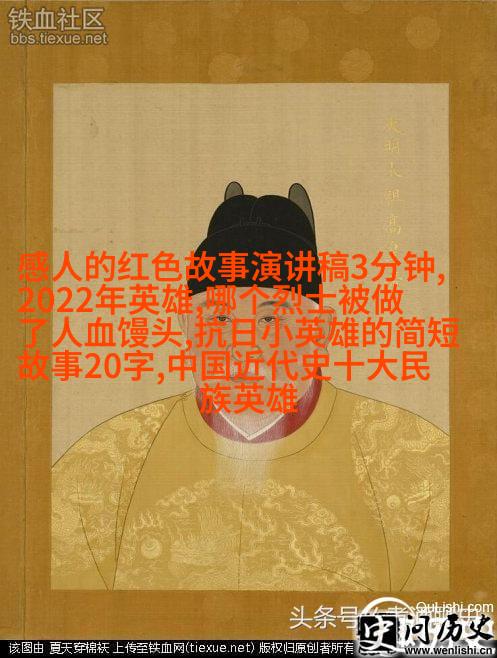从先秦时代的巫山神女,到宋玉《下唐赋》的缠绵梦境,再到后世对她的追忆与变迁,我们可以看到一个“爱神”的形象逐渐模糊,但却又充满了诗意和想象。

在先秦时期,巫山神女是楚怀王的一个梦中情人的形象,她以云雨为伴,与楚怀王共度一夜,在云梦之台上留下了一段难忘的往事。宋玉在《下唐赋》中详细描绘了这段情感纠葛,让人们感受到古代文人对于美好恋情的一种向往和渴望。
然而,这个作为“爱神”的巫山女神,其实身份并不单纯。她不仅是婚姻与生育的保护者,还能控制天气,即使到了现代社会,她供雨这一职责也被人们所遗忘,只剩下她在文学作品中的形象,以及对男女间深厚感情的一种隐喻。

随着儒家礼教的兴起,这个自由奔放的情感表达 gradually disappeared from the cultural landscape. The image of the "love goddess" was replaced by more subdued and restrained ideals of love and relationships.
Despite this, the myth of the Patuoshan goddess has continued to captivate people's imagination, symbolizing a deep longing for romance and passion that transcends time and culture. Her story serves as a reminder that even in ancient times, people yearned for love and connection just as we do today.

In conclusion, while China may not have an equivalent to Cupid or Venus, our own Patuoshan goddess has left her mark on history and continues to inspire us with her timeless tale of love and longing.
